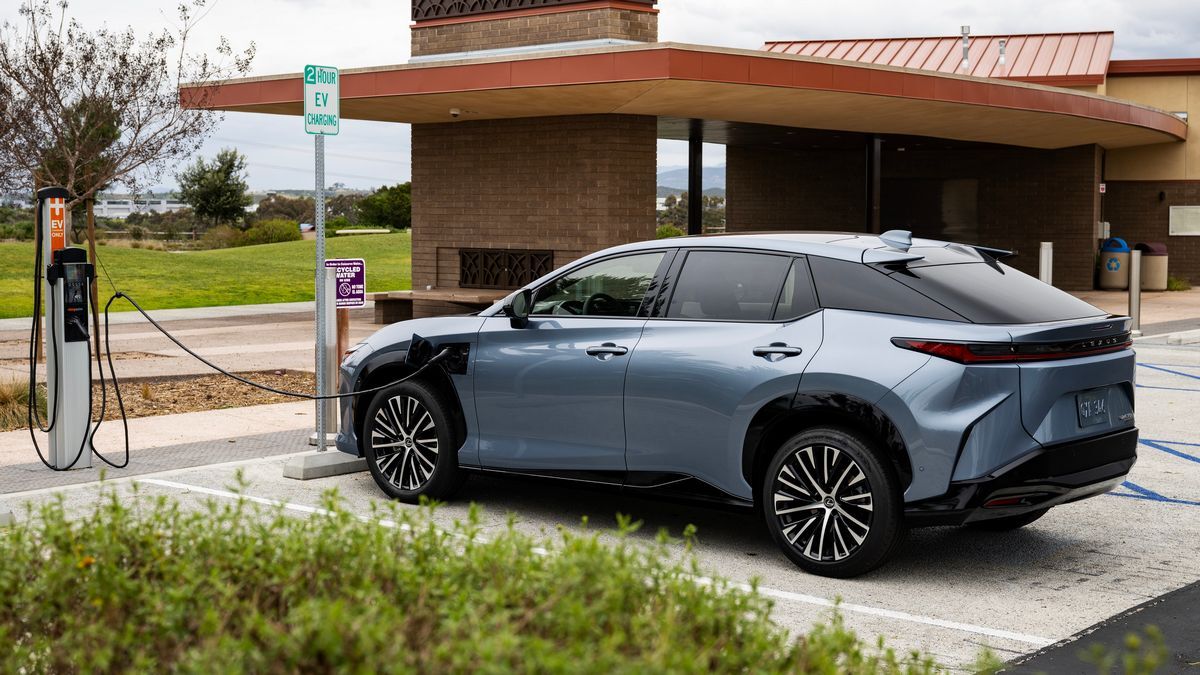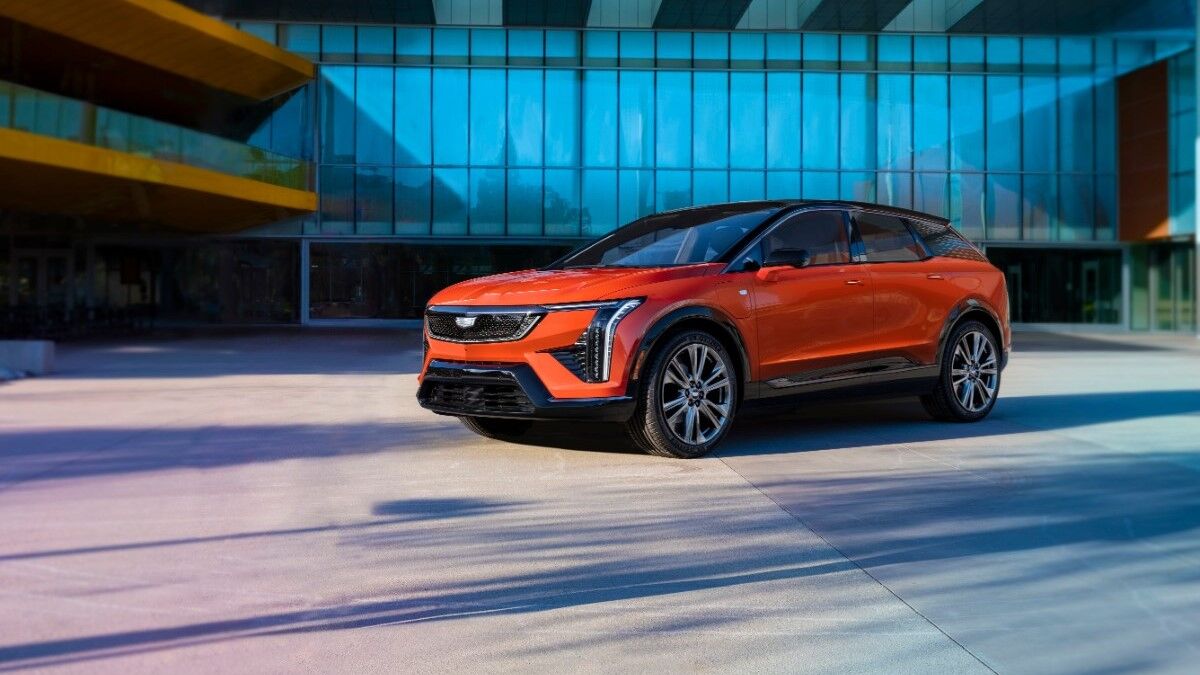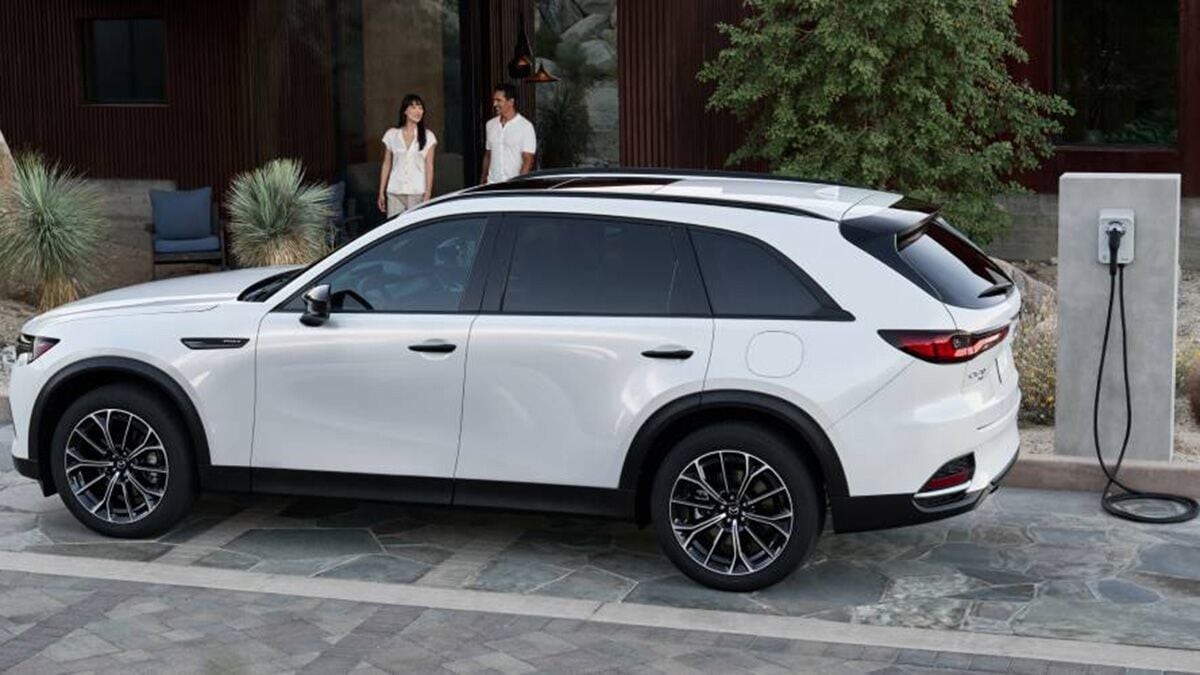The used car market is improving, and it’s doing it defiantly.
Some signals indicate that prices should be rising. But they aren’t.
Car dealers paid 1.6% less for used cars at auction in the first 15 days of November. Wholesale prices were down 5.3% from a year ago. That comes even though dealers have fewer used cars to sell than they’d like.
Wholesale price drops usually become retail price drops after about six to eight weeks. And retail prices are already dropping.
The average used car price fell last month, reaching $26,533. But dealers reported an average supply of 49 days’ worth of cars. Traditionally, they aim for 60.
Why are prices falling even with supply low?
It’s likely because new car prices have been getting better for months. The average new car price rose an insignificant amount last month due to the end of some discounts at Tesla and nervousness over an auto workers’ strike. But that strike ended without ever affecting the supply of new cars much, and Tesla is unlikely to start raising prices dramatically. So, the tiny bump is probably short-lived.
When new car prices steadily improve, that relieves some pressure on the used car market. That seems to be helping new and used car prices trend slowly downward even while supply is thinner than ideal.
We don’t want to mislead anyone. Used car prices remain historically high and probably will for several years. Automakers built fewer cars during the COVID-19 pandemic, which will keep used car supply lower for years to come.
But lower wholesale prices mean we expect to see retail price drops into early 2024.
How much they’ll drop depends on what kind of vehicle you’re shopping for. Pickups are selling for about 4.2% less at auction than they were a year ago, SUVs for 4.8% less. Compact cars, however, are down 10.7%, and midsize cars about 8%.








